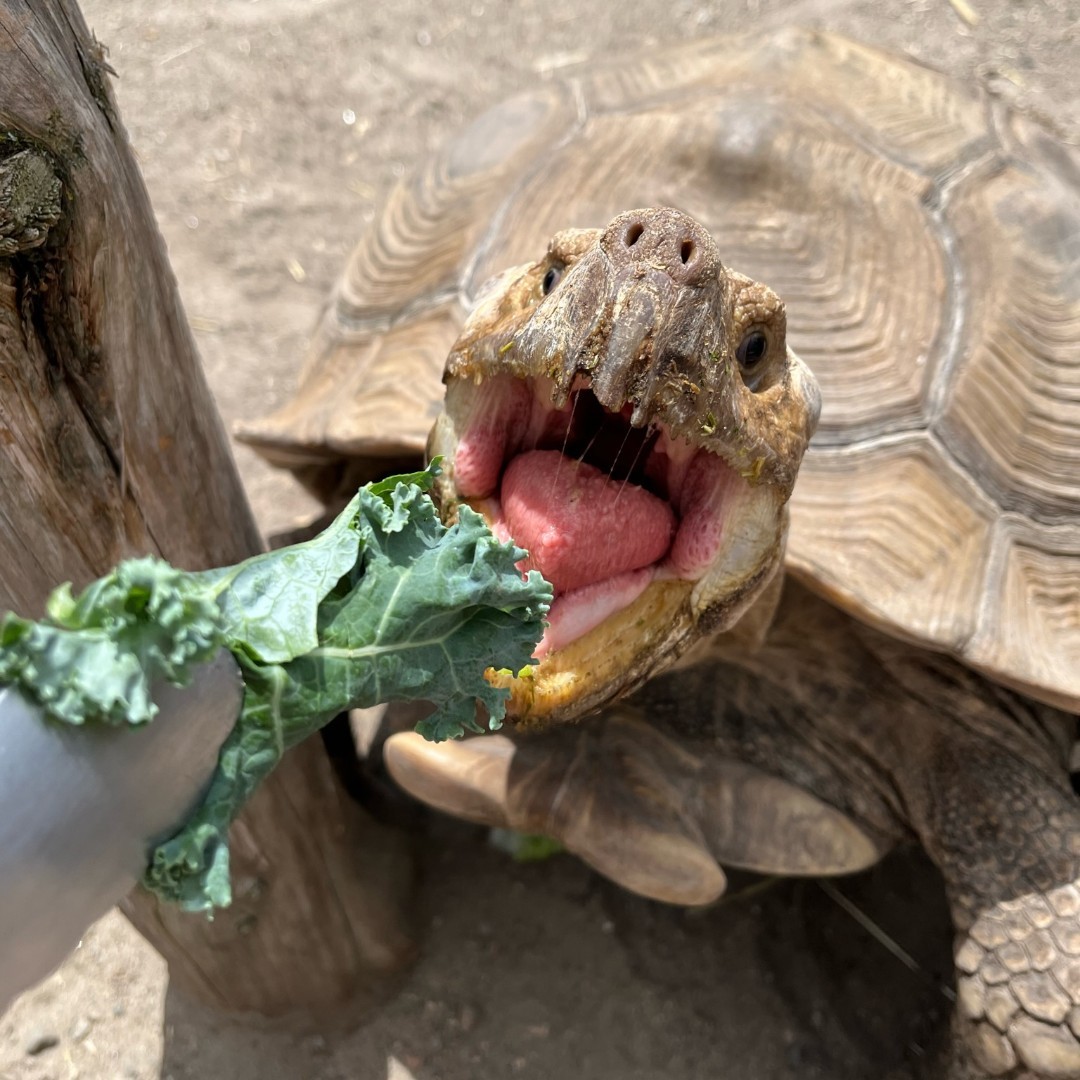Summary:
– Overview of the Rock Hyrax, a unique and fascinating animal found in Africa and the Middle East
– Discussion of the Rock Hyrax’s physical characteristics, including its unique teeth and feet
– Explanation of the Rock Hyrax’s social behavior and communication methods
– Insights into the Rock Hyrax’s diet and feeding habits
– Exploration of the Rock Hyrax’s natural habitat and its adaptations to survive in harsh environments
The OK Rock Hyraxes: Masters of Adaptation and Socialization
The Rock Hyraxes take the crown when it comes to intriguing and lesser-known creatures. These small and highly adaptable animals, found in various parts of Africa and the Middle East, have captured the hearts of many zoology enthusiasts. Join me on a captivating journey as we unravel the unique and fascinating aspects of the OK Rock Hyraxes.
Let’s start with their physical characteristics. Rock Hyraxes may look like a mix between rodents and rabbits, but they are more closely related to elephants. Yes, you heard that right! These tiny creatures share a common ancestry with the mighty elephants. While the resemblance may not be immediately apparent, a closer examination of their teeth can provide clues.
Unlike other small mammals, Rock Hyraxes have impressive incisors that never stop growing. This allows them to constantly gnaw on plants, maintaining their teeth at an optimal length. Their dental adaptation is similar to that of rodents and rabbits, ensuring their sharp incisors are always ready for a quick nibble.
But teeth aren’t the only interesting feature of these remarkable animals. Have you ever paid attention to their feet? Rock Hyraxes possess remarkably well-developed pads on their soles, similar to those of elephants and rhinoceroses. These “cushion-like” feet help them easily navigate rocky terrains, preventing slips and falls as they climb and explore their surroundings.
Now, let’s dive into the social behavior of Rock Hyraxes. These creatures are highly social and live in groups called colonies. A strict hierarchy exists within these colonies, with dominant males leading the pack. These dominant males maintain their authoritative positions by engaging in ritualistic vocalizations, known as “singing.”
Yes, you heard it right; Rock Hyraxes can sing! Their melodious vocalizations communicate within the colony, conveying messages related to territory defense, dominance, and reproductive readiness. If you ever have the privilege of witnessing their harmonious chorus, consider yourself lucky; it is a truly enchanting experience.
Now, let’s shift our focus to the dietary habits of Rock Hyraxes. Despite their small size, these animals have a big appetite for vegetation. They are primarily herbivorous and have a knack for seeking various plant species to munch on. Rock Hyraxes are not picky regarding their leafy greens, from leaves and flowers to bark and fruits.
Interestingly, their digestive system is well adapted to handle the fibrous plant material they consume. Like cows, Rock Hyraxes possess a multi-compartmentalized stomach, which aids in the fermentation and breakdown of cellulose. This mechanism enables them to extract maximum nutrients from the plant matter, ensuring their survival in the sometimes harsh and nutrient-deficient environments they call home.
Speaking of environments, let’s explore the natural habitat of Rock Hyraxes. These fascinating creatures can be found in diverse ecosystems, including rocky outcrops, savannas, and even mountains. Their ability to adapt to such a wide array of habitats is remarkable.
Due to their rocky habitat preferences, Rock Hyraxes have developed unique adaptations to cope with extreme temperatures. They have a high tolerance for heat and can withstand scorching temperatures without much trouble. Similarly, during colder seasons, they curl up in tight clusters, huddling close to conserve heat and maintain their body temperature.
In conclusion, the Rock Hyrax is an incredible creature that truly showcases the wonders of nature. From their unique teeth and feet to their captivating social behavior and well-adapted diet, these small mammals are a true testament to the diversity and adaptability of wildlife. So, the next time you come across a Rock Hyrax at a zoo or in the wild, take a moment to appreciate the hidden beauty and fascinating stories that lie within their tiny frames.
*****
Source Description
OK, rock hyraxes. The African spurred tortoises see your kale crunching (check out yesterday’s post) and raise you a behind-the-scenes feeding experience! Follow the link in our bio to learn more about our Behind-the-Scenes Tours at Stone Zoo and Franklin Park Zoo.

